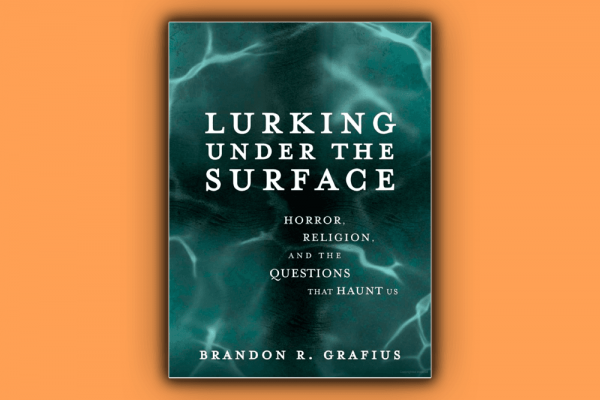Oct 12, 2022
There’s a kind of willful ignorance horror-averse Christians demand, because the truth is we don’t want to sit with the shadows or go down into the basement. We want to sweep all the ugly parts of life back under the bed where they might go bump in the night but won't trouble us in the light of day.
Read the Full Article

Already a subscriber? Login
